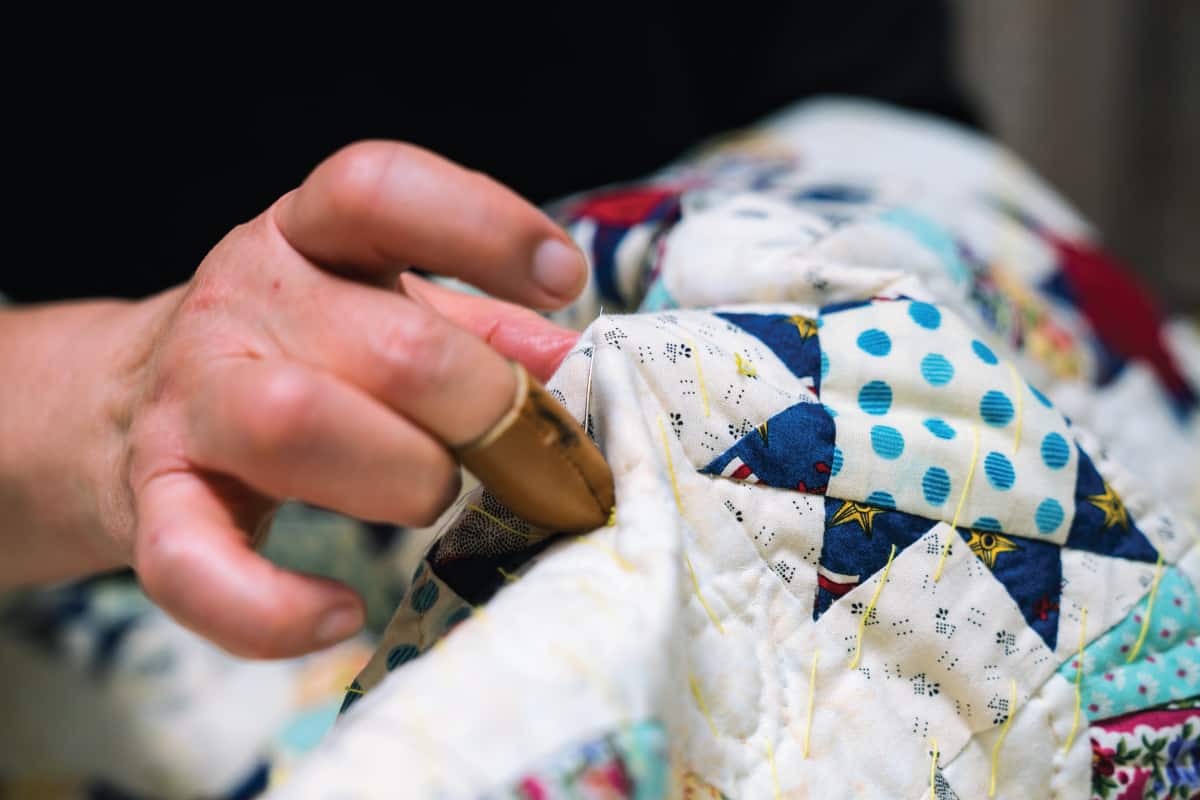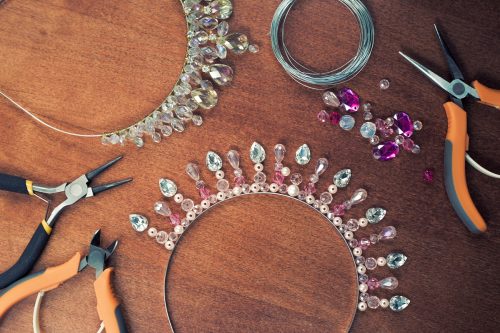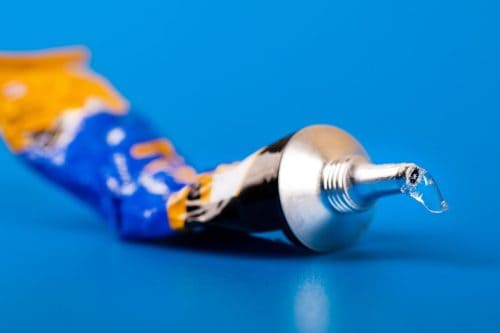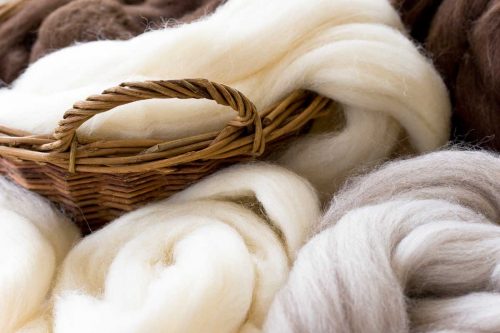Hand stitching produces a beautifully finished quilt that can become a cherished heirloom. You may have gazed on fine tiny stitches and wondered how to create this look. The hand quilting stitch is not difficult but does take practice to perfect. Would you like to learn how to hand quilt?
The stitch that is used for hand quilting is the running stitch. This stitch secures the layers of a quilt firmly together while also providing decorative details. The stitches of quilting provide a functional service and also contribute to the visual appeal of the project.
While not difficult, the hand quilting running stitch requires practice to master. Small neat stitches are the goal of a practiced quilter. The more you quilt, the faster and better you will become at hand stitching. Keep reading to learn about how to produce a beautiful hand quilted piece.

Best Stitch for Hand Quilting

Hand quilters' goal is to produce a small even stitch over their quilts' top and backs. The quilting serves both a functional and decorative purpose. The layers of the quilt (top, batting, and backing) should be held together securely enough to prevent shifting of the layers. This will require stitches placed closely enough to secure the layers.
The quality and distance of quilting stitches also impact the durability of the quilt. Evenly spaced rows of small and even stitches will result in a durable quilt, strengthen the quilt, and ensure that it lasts for years.
Additionally, the stitches of quilts are meant to be seen. They can be simple straight lines or delicate swirls and designs that add to the quilt's beauty. The stitching must be strong enough to withstand the use of the quilted item without unraveling.
Gather the following supplies to begin hand quilting:
Quilting Needles
Click here to see these quilting needles on Amazon.
Quilting Thread
Click here to see this quilting thread on Amazon.
A Quilting Hoop
Click here to see this quilting hoop on Amazon.
Running Stitch How-To
Follow the steps below to perform the running stitch:
- Cut a thread about 18 inches long. Tie a small knot at the end of the thread.
- Place a thimble on the middle finger of your dominant or stitching hand.
- Hold the needle between your thumb and index finger. Pull the needle and thread through the back of the quilt to the spot you wish to begin quilting. Pull the knot through the back layer, burying it in the batting but not allowing it to pop through the top of the quilt.
- Your opposite hand will rest under the quilt layers, and you'll use your index finger to feel for the needle as it comes through the layers.
- Push the needle tip through the quilt layers until you feel the tip against your index finger underneath the quilt.
- Guide the needle tip back up toward the top of the quilt and push it through.
- Continue this rocking up and down motion until the needle is full of stitches.
- Once the needle is full, pull it through the fabric.
- Repeat these steps while focusing on creating even stitch lengths. It is more desirable to have even stitches than smaller stitches. As you practice, your stitches will also become smaller.
This YouTube video will illustrate how to do the quilting running stitch.
What Kind Of Thread Do You Use For Hand Quilting?
Choose a thread that is specifically designed for hand quilting. Quilting thread is thicker and stronger than regular sewing thread. Experienced hand quilters highly prize thread that is 100% cotton. Quilting thread may be coated to assist it in guiding smoothly through multiple layers of a quilt.
Quilting thread is available in a variety of colors. It can be matched to the colors in the quilt top, or a contrasting color can provide additional visual interest for your quilt.
Click to see this quilting thread on Amazon.
If you have problems with your thread becoming tangled, you may want to consider using a thread conditioner. Thread condition helps reduce tangling and knotting as you work with your thread.
Click here to see this thread conditioner on Amazon.
What's The Difference Between Quilting Thread And Regular Thread?
Quilting thread is thicker and stronger than regular thread. It will not break as easily. The quilting thread's thickness also allows it to stand out and be seen more easily to showcase hand quilting patterns. Quilting thread can be 100% cotton or a polyester blend. Most quilters prefer a product that is 100% cotton.
Regular thread is not an effective product for hand quilting. It will break easily while you are hand quilting and after the quilt is finished. This can lead to your stitches coming unraveled and will reduce the lifespan of the quilt.
Click here to see this quilting thread on Amazon.
How Long Does It Take To Hand Stitch A Quilt?
Hand stitching the quilt layers together is the longest step in the process of making a quilt. How long this step takes depends on several factors—first, the experience of the quilter. Beginning quilters will find that it takes longer to hand quilt than more experienced quilters. The second factor is the complexity of the design to be quilted. Straight line quilting will be completed more quickly than an intricate pattern with many feathers and swirls.
On average, a quilter can expect it to take from eight to 12 weeks of regular stitching to hand stitch a quilt.
What Size Needles Are Best For Hand Quilting?
Quilting needles are known as "betweens." These needles are relatively short, very sharp, and have a small round eye. The short length makes them ideal for creating small accurate stitches. Betweens range in size from three to twelve. Beginners should start with a size eight or nine and gradually work toward a smaller size.
Try out different types of needles to find your favorite. Some needles will bend easily. You will want a needle that is sturdy enough to withstand rocking through multiple quilt layers repeatedly.
Click here to see these quilting needles on Amazon.
How Far Apart Should Quilting Lines Be?
Quilting lines should be an average of about three inches apart. The batting inside your quilt will have a recommendation on the distance between quilting lines. Check the specific brand you are using to see what the manufacturer recommends. The shorter the distance between quilting lines, the less stress each stitch has to handle. Smaller distances ensure that your quilt lasts longer.
In Closing
The running quilt stitch is a method for holding quilt layers together while also providing beautiful designs across the quilt. The goal is to produce a small and even stitch on both the front and back of your quilt. Beginning quilters can easily learn this stitch. Start with a medium-length needle, and as you improve your technique, size down to a smaller needle.
Do you want to learn about other sewing stitches? Read our article, When Should You Use a Running Stitch?











![Read more about the article Is Glass Blowing Expensive? [Price ranges discussed]](https://craftsbliss.com/wp-content/uploads/2020/10/A-glass-blowing-artist-forms-a-blob-of-glass-into-a-vessel-using-a-gas-torch-500x333.jpg)

